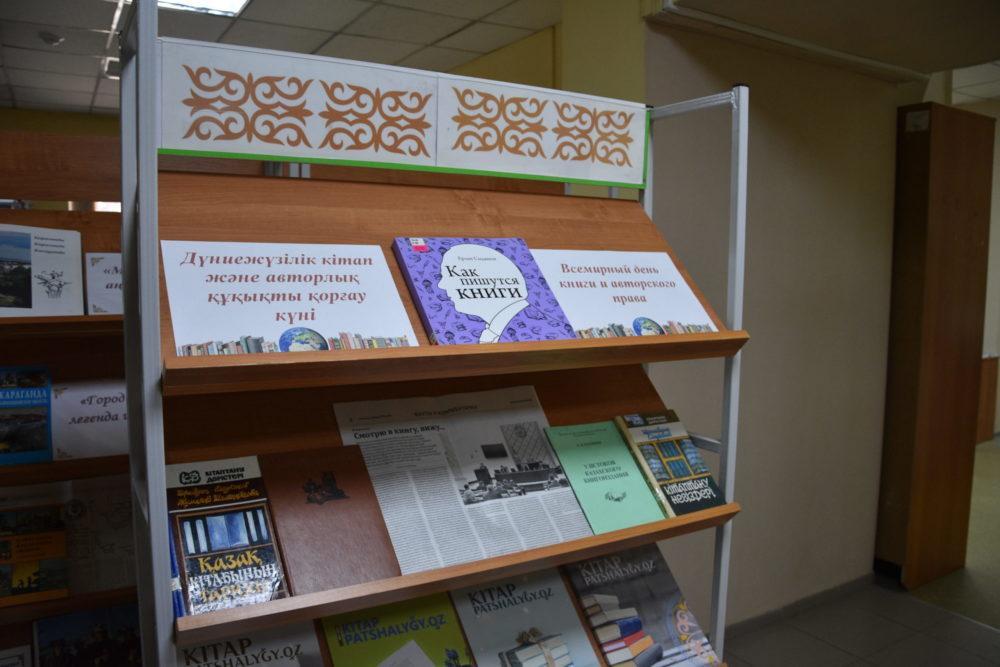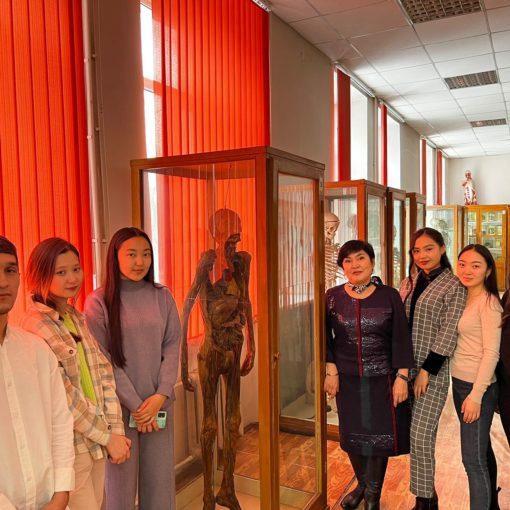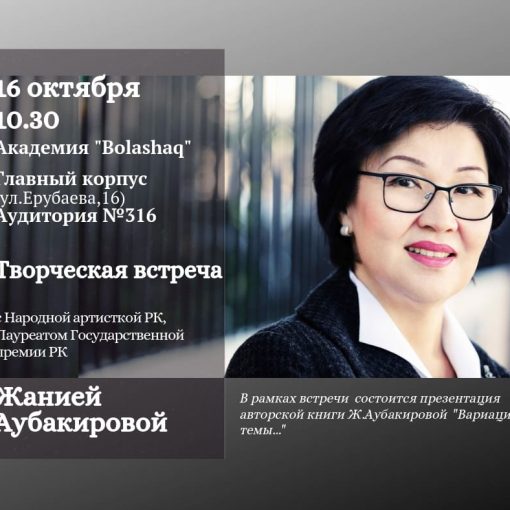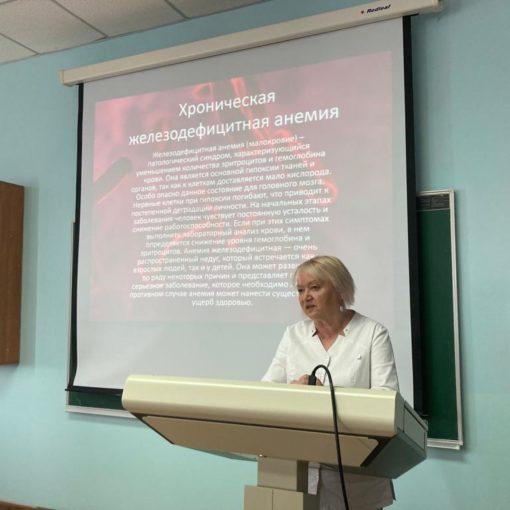World Book and Copyright Day is a holiday designed to strengthen the love of books and reading. Every year on April 23, this holiday is celebrated all over the world. He emphasizes the importance of books as a link between the past and the future, a bridge between generations and cultures. To mark the occasion, UNESCO and international organizations representing the three main sectors of the book industry—publishers, booksellers and libraries—choose each year a World Book Capital, which hosts events to keep the festive spirit alive. Following an assessment carried out by the Advisory Committee for the Designation of a World Book Capital, UNESCO Director-General Audrey Azoulay has declared Strasbourg (France) as the World Book Capital for 2024.
April 23 is a symbolic date in world literature. It was on this day that several prominent authors died – William Shakespeare, Miguel de Cervantes and Inca Garcilaso de la Vega. The UNESCO General Conference, held in Paris in 1995, appropriately chose this date to pay worldwide tribute to writers and their works and to encourage greater access to books.
Through its advocacy for books and copyright, UNESCO champions creativity, diversity and equitable access to knowledge in all its activities – from the creation of the Creative Cities Network for Literature, to promoting literacy and mobile learning, and promoting open access to scientific knowledge and educational resources. With the active participation of all stakeholders: writers, publishers, teachers, librarians, public and private institutions, humanitarian NGOs and the media, as well as all those who are motivated to work together within the framework of the international celebration of books and writers, World Book and Copyright Day rights has become a platform for uniting millions of people around the world.

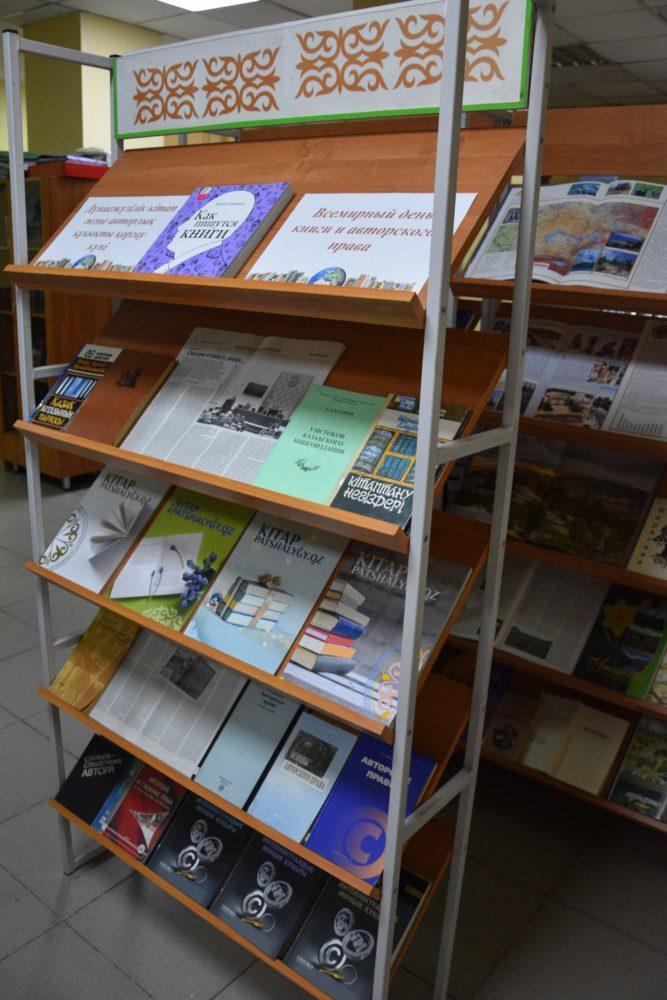
The book has always been a tool for dreamers. Some let their imagination fly, writing incredible stories and inventing unusual worlds. Others, immersed in reading, made exciting trips without leaving home. Books bring people on different continents together, help them better understand themselves and those around them, and establish invisible connections between reality and fantasy.
The tradition of celebrating books and the love for them appeared in Spanish Catalonia at the beginning of the 20th century. It was introduced by local booksellers, who organized a grandiose book fair on April 23, 1923. The date was chosen based on its importance for world and European literature. The fact is that April 23 is the day of death and memory of such great writers as Miguel de Cervantes, Inca Garcilaso de la Vega, William Shakespeare.
UNESCO also assigns a specific theme each year for World Book and Copyright Day. In 2023 it will be “Indigenous languages”. Most of the nearly seven thousand existing languages are still spoken by the indigenous population of certain countries. Thanks to this, the cultural diversity of the world is preserved.
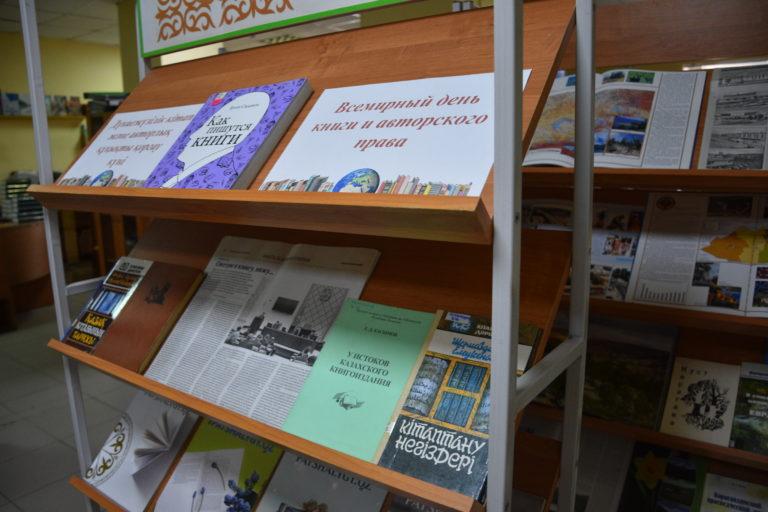
What about copyright?
Copyright is a part of civil law that regulates relations arising in connection with the use of works of science, literature and art, expressed in oral, written and other objective forms that allow the result of the author’s creative activity to be reproduced.
Copyright is an integral part of any creative profession. Here are some interesting facts about him:
product – its age, food preferences, environment and setting in which the food is consumed.
Currently, copyrights in works of fine art are recognized and protected by law, regardless of the material medium on which they are expressed. Accordingly, rights to tattoos, makeup, and other images on the human body (body art) can also potentially be protected by copyright
The development of technologies related to machine learning and data processing has reached such a high level that created and properly trained artificial intelligence can create works of art (painting and music, in particular), in the opinion of many, indistinguishable from works created by humans. Such works are already participating in specialized exhibitions (for example, Roboart) and are being sold at Christie’s auction.
Performance is a fairly frequently used form of creative expression in art. Performance, as a rule, is understood as the actions of the artist and (or) the persons involved by him, aimed (directly or indirectly) at interacting with the viewer. At the same time, performance is separated from such forms of art as theater, circus performances, etc.
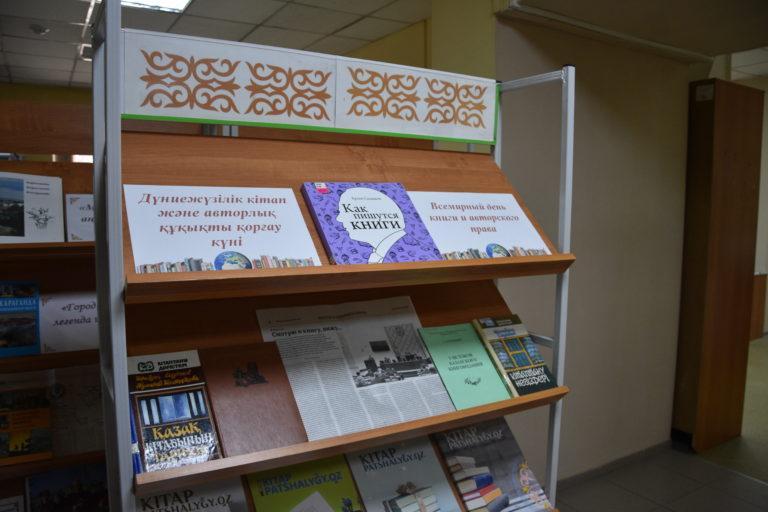
- In the world, the first copyright law appeared in England in 1710. In Russia this happened a hundred years later – in 1828.
- In the USSR, the concept of “copyright” did not exist at all. According to communist ideology, all achievements of specific people belonged to the state.
- Duration of copyright in Kazakhstan!!! — Copyright in a work published anonymously or under a pseudonym is valid for seventy years after the date of its lawful publication.
- In English there is a word uncopyrightable, which can literally be translated as “not subject to copyright.” It is the longest widely used word in the English language where no letter is repeated twice.
The main regulatory legal act among the sources of copyright in the Republic of Kazakhstan is the Law of the Republic of Kazakhstan “On Copyright and Related Rights” dated June 10, 1996 No. 6-1. It was developed taking into account the requirements of all international agreements in the field of copyright, to which the Republic of Kazakhstan has joined and intends to join in the future.
Many people know the copyright symbol or copyright symbol – ©. It was first published in the Universal Copyright Convention, also called the Geneva Convention, in 1952. It was in this document that it was proposed to use © to protect works from illegal use, and the sign itself was proposed to be printed on every copy of the book. Thus, each author had the opportunity to defend his work without unnecessary formalities.
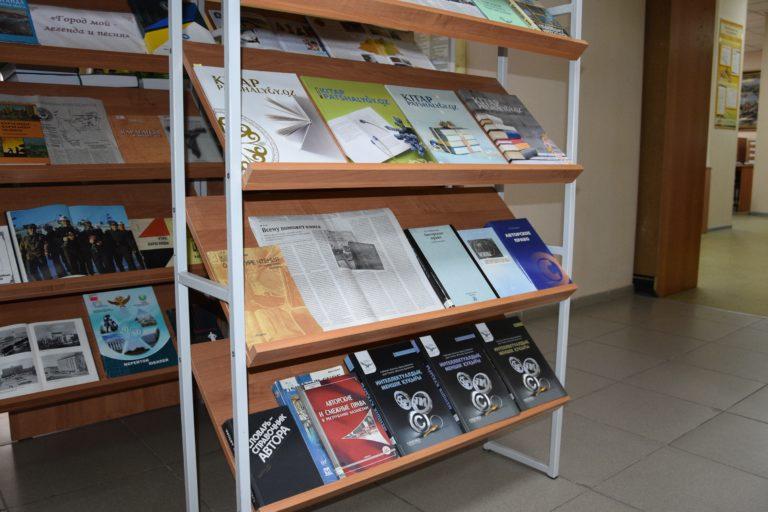
At the moment, the main purpose of the © sign is to inform the audience that the exclusive rights to the work belong to a particular person.
Unusual copyright objects
For example, the illumination of the Eiffel Tower in Paris is the work of a contemporary artist, protected by copyright. Anyone wishing to photograph the tower after dark and use it for commercial purposes must obtain appropriate permission. Daytime photos can be taken without restrictions.
Or in Germany, taking photographs of food in restaurants and distributing them without obtaining prior permission is a violation of the chef’s copyright. Carefully prepared and served dishes in restaurants are considered works of art.
On November 13, 2018, the European Court of Justice refused to recognize the exclusive taste rights of a Dutch cheese manufacturer. The court stated that the taste of a food product is not subject to copyright protection because it cannot be identified sufficiently accurately and objectively. In addition, the perception of taste, according to the court, depends on the person tasting the product – his age, food preferences, environment and setting in which the food is consumed.
Currently, copyrights in works of fine art are recognized and protected by law, regardless of the material medium on which they are expressed. Accordingly, rights to tattoos, makeup, and other images on the human body (body art) can also potentially be protected by copyright
The development of technologies related to machine learning and data processing has reached such a high level that created and properly trained artificial intelligence can create works of art (painting and music, in particular), in the opinion of many, indistinguishable from works created by humans. Such works are already participating in specialized exhibitions (for example, Roboart) and are being sold at Christie’s auction.
Performance is a fairly frequently used form of creative expression in art. Performance, as a rule, is understood as the actions of the artist and (or) the persons involved by him, aimed (directly or indirectly) at interacting with the viewer. At the same time, performance is separated from such forms of art as theater, circus performances, etc.

